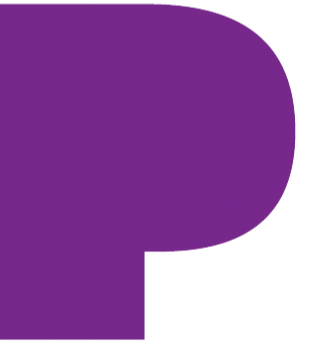Collaborating for collective success: Strategic Goal Setting for Leaders and Managers in the challenging times
- kris9958
- Jan 15, 2024
- 4 min read
Updated: Jan 17, 2024

Introduction:
As January gets well under way, leaders and managers in the public sector are presented with a valuable opportunity to reflect on past achievements and set the stage for future success. Times are tough and colleagues working in the public sector are still facing unprecedented challenges.
Goal setting is a crucial aspect of this process, providing a roadmap for navigating the challenges and capitalizing on the opportunities that lie ahead. In this blog, we will explore the importance of goal setting for leaders and managers and offer a comprehensive guide to strategic planning for the upcoming year.
1. Reflecting on the Past:
Before diving into the future, it is essential for leaders and managers to reflect on the achievements and lessons of the past year. What goals were successfully met? What challenges sus you face, and what strategies proved effective in overcoming them? This reflective process lays the foundation for informed goal setting, helping leaders identify areas for improvement and build upon past successes.
2. Aligning Goals with Organisational Vision and Strategic Aims:
The goals set by leaders and managers should be in harmony with the overarching vision and strategic aims of their respective organisations. This alignment ensures that every effort contributes to the greater purpose and serves the interests of the community/ your patients. Consider how your goals align with the broader objectives nationally.
We live in an ever-changing sector, so also using the opportunities to broad scanning and understand the environment us crucial.
One tool that can be used to help scan the environment is using a PEST tool (political, economic, social, and technological) using this with your team can help gain different insights and help develop your goals whilst keeping them agile enough to adapt to the future requirements.
3. SMART Goal Setting and understanding who is accountable and responsible:
We all know the phrase SMART criteria (Specific, Measurable, Achievable, Relevant, Time-bound) provide a structured framework for goal setting. Whilst we know the relevance of these, it is important, we can measure our successes, so using this framework can be helpful to ensure your goals meet these criteria to enhance clarity, accountability, and effectiveness. For example, instead of setting a vague goal like "improve service delivery," a SMART goal would be "increase customer/ patient satisfaction by 15% through streamlined service processes within the next 12 months."
It is also important to understand accountability and responsibility across the team and how this shared and what distributed leadership responsibilities the team have. Using a RACI tool can be extremely helpful to track, re who is responsible, accountable, who you need to consult and inform to ensure all are aware of what you are trying to achieve. Please see example RACI template.
4. Prioritising Key Areas and Quick Wins:
It is important that we prioritise key areas for improvement based on organisational needs, stakeholder expectations, and societal trends. By focusing on a few critical areas, leaders can direct resources and efforts more effectively, driving meaningful impact. Think about your quick wins, how can you inform people of these, how can you celebrate with the team. people like to be part of things that are successful.
5. Encouraging Employee Involvement:
Inclusive goal setting involves engaging employees at all levels. Solicit input from frontline staff, encourage team members to share insights, and foster a collaborative environment. This not only enriches the goal-setting process with diverse perspectives but also increases employee ownership and commitment to achieving the set objectives. Also think about how you can use the RACI model from above to ensure all are understanding how they can contribute and influence.
6. Monitoring Progress and Adaptability:
Goal setting is not a one-time activity; it requires continuous monitoring and adaptability. Leaders and managers should establish regular checkpoints to assess progress, celebrate achievements, and address challenges. Flexibility is key in a dynamic environment, allowing for adjustments to goals and strategies as circumstances evolve.
7. Leveraging Technology and Data:
In the modern era, we need to think about how we can harness the power of technology and data to inform their goal-setting process. Utilising data analytics to identify trends, measure performance, and make data-driven decisions. Technology can also enhance communication, collaboration, and efficiency in achieving set goals.
Conclusion:
As we embark on our new year strategic goal setting can become the compass that guides their efforts. Leaders and managers often ask us to support them in developing their vision, strategic objectives, and goal setting through either our 1-1 coaching or through facilitating goal setting with the team as part of our strategic setting team workshops.
We help you to reflect on the past, your successes, helping alignment of goals with the organisational vision, thinking through your SMART criteria, your quick wins, prioritising key areas. Through our facilitation techniques how involving your people, key stakeholders will support you. Thinking of your monitoring progress, and how you use technology. We can help you pave the way for a year of meaningful accomplishments and positive impact on the communities / patients you serve. Why don’t you chat to us about how we can support you and your team to have a successful 2024.
Contact: Prospect Business Consulting
email: fern@weareprospect.com
phone: 07940954058




Comments